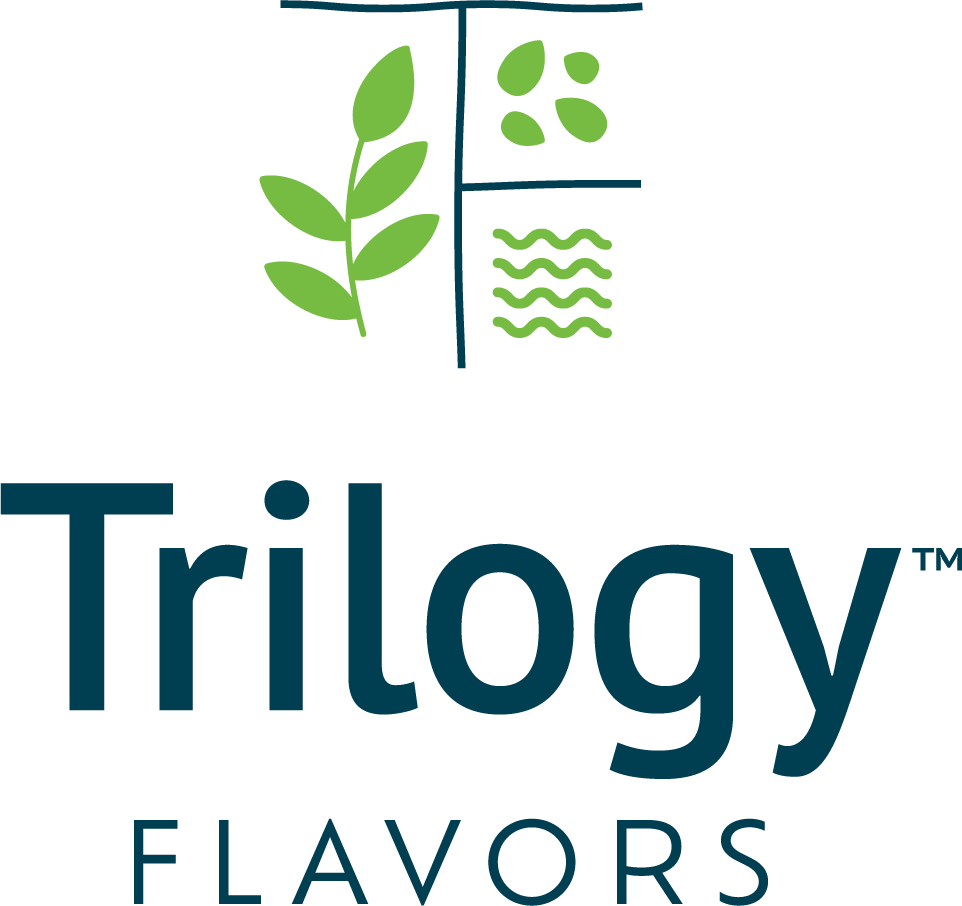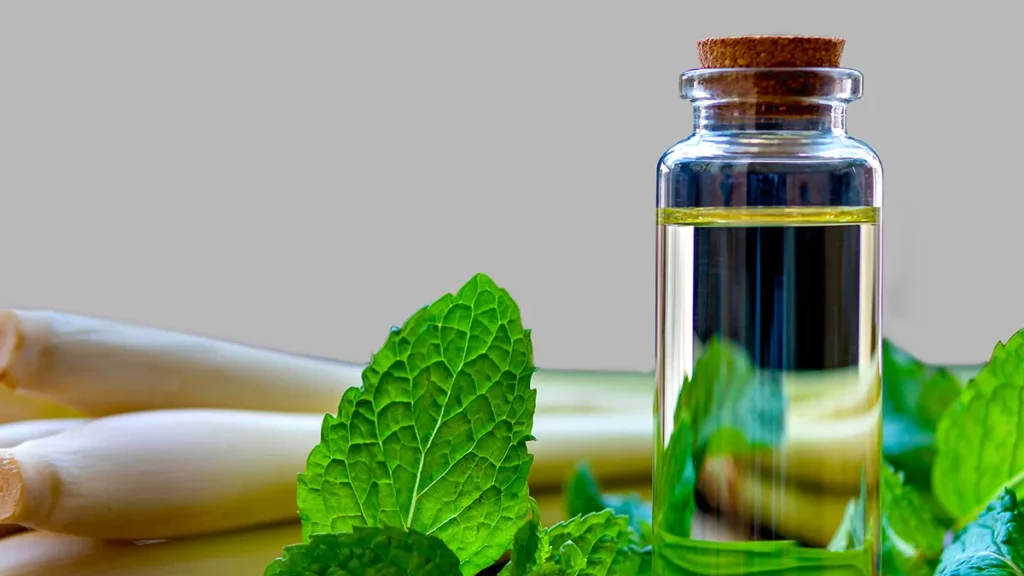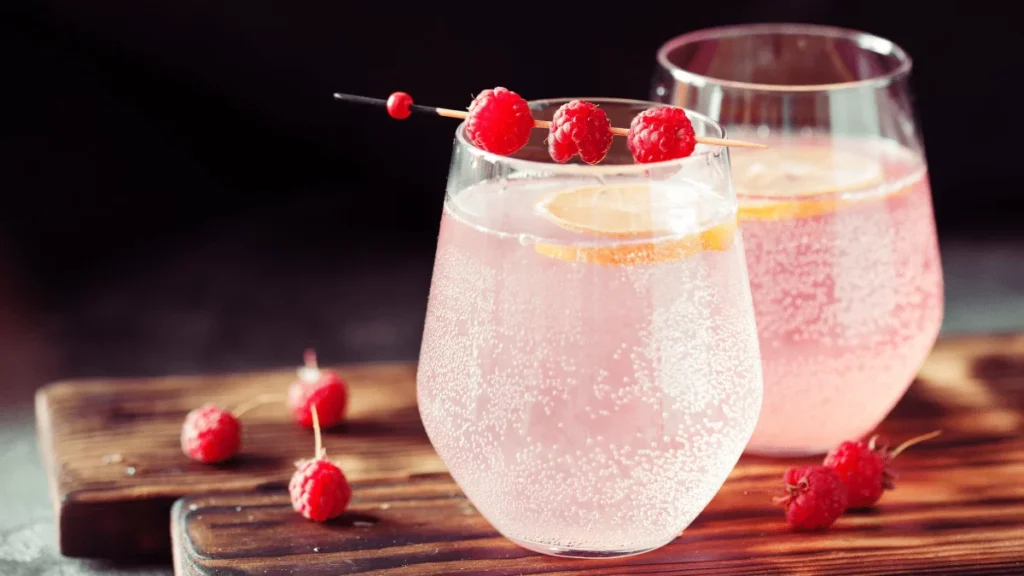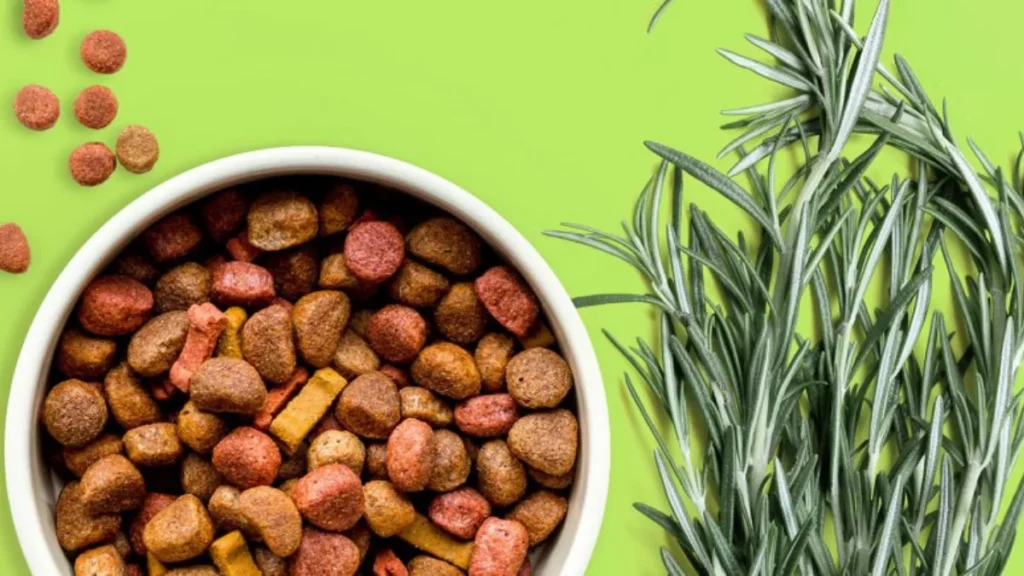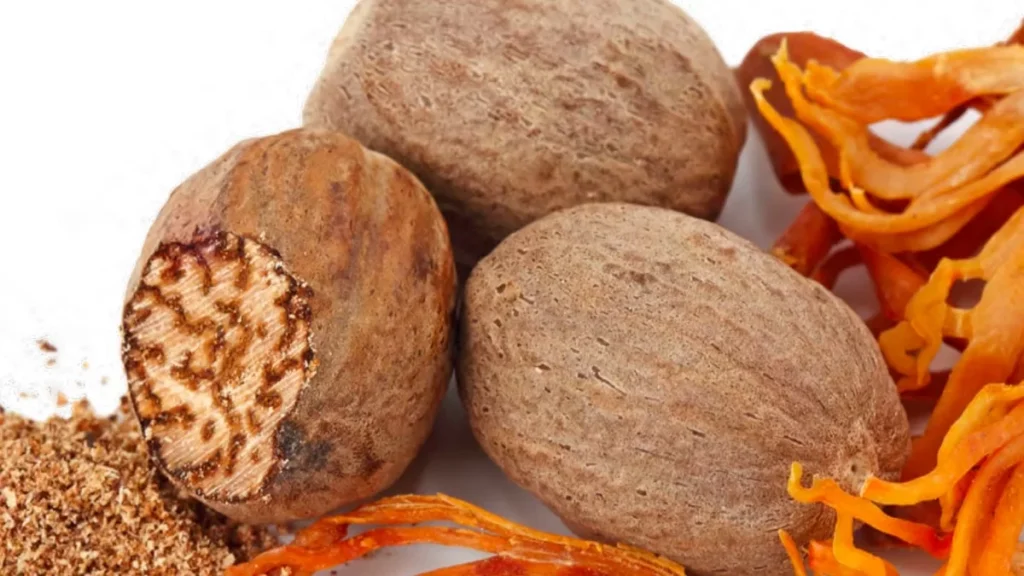Most of us treat our pets like members of the family. We want to do everything we can to improve their lives and well-being. To ensure that your pet is getting all of the nutritional and healthy benefits from their food, they have to eat the right quantity of high-quality products. If your pet isn’t eating the right amount, they are not reaping the maximum benefits of what they consume. One way to improve their nutrition and health is to improve their food’s palatability with flavors to ensure that enough is eaten. Companion animal flavor chemists create flavors for pets that please both the pet and the owner by understanding the best types of flavors and processes used in pet food applications.
VIEW SOME OF OUR TOP PALATANTS
There are several factors that need to be considered when developing pet food. First, pet food is created within specified label parameters, similarly to human food. Owners often consider label requirements such as natural, non-GMO, and organic. Second, functionality is an important factor. Owners may want products to contain ingredients that will maintain their pet’s coat, skin, nails, and teeth, among other things. Pet’s diets do not vary as much as our diets, and therefore their food must deliver the needed nutrition while maintaining palatability. Third, the name and aroma of the flavor must appeal to the owner. A pet owner is less likely to buy a product with an off-putting smell or label. For example, filet mignon or grilled salmon are appealing names that make an owner feel confident in the high quality of their pet’s food. Since pets are considered members of the family, owners want to treat their pets to the best food.
The most common forms of pet food are liquid, dry, compounded, reacted and/or combinations. Pet food flavors are created for extruded food, canned food, baked treats, oil sprays, bag seals and “spikes”. Spikes are used to enhance or boost palatability. For example, spikes are used in a cheap liver digest. Depending on the desired flavor profile, flavor can be applied at various points using a range of methods along the production process. The same flavor used at different times throughout product can result in different flavor profiles.
With a basic understand of the importance of palatability, let’s take a look at the differences in taste preferences between cat and dog food. Understanding these differences is key to a targeted approach when developing pet food.
Cats, as obligate carnivores, like higher protein diets over lower protein diets. Their taste system is tuned to detect compounds in animal tissues (amino acids, peptides, etc.). They are more likely than dogs to avoid spoilage aromas. They lack lateral jaw movement; hence, texture and size are very important. They also lack molars, and cannot grind their food. Acidification helps salivation which helps them swallow their food. Surface texture also plays a role in palatability. In general, compared to dogs, cats are much more sensitive to texture and taste. A focus on fresh protein flavors in an easily chewed form is of importance.
In contrast, dogs are omnivores. They tend to respond to a wider variety of flavors, including sugar, and they appear to prefer higher impact, roasted aromas. Because of their strong sense of smell, dogs will also tend to choose diets based on aroma. PAL (palatability) testing conducted on dogs, shows a strong link between their first choice of food and total consumption.
Most flavors for pet food are divided into two general classes (1) reaction flavors/digests and (2) compounded flavors. Both can have liquid or dry forms and be added internally or externally to the food matrix. In other words, the complete reacted flavor can be added to the final product (eg. Kibble) or the flavor can be designed to react during the processing of the pet food. Compounded flavors are exactly what the name implies, and are very similar to the flavors created for humans. Reacted/digest flavors often utilize the hydrolysates of a meat, fish, vegetable, or grain as a source of free amino acids necessary for Maillard reactions. The flavorist will employ a variety of hydrolysis schemes in order to generate the desired free amino acid profile for the end flavor desired. In combination with this amino acid mixture, the flavorist chooses carbohydrate sources for the necessary carbonyls to promote a reaction. Precursor flavors can be added at this point prior to the actual reaction. Like other reaction flavors, they can be produced under atmospheric or pressurized conditions and at various temperatures. Post reaction is the preservation phase where the final flavor will be stabilized with several ingredients to slow oxidation and inhibit yeast, mold, and bacterial growth. This is to help ensure the safety of the end-product which, like human food, is highly regulated.
The safety of pet food is important and flavorists must keep current with the numerous regulatory bodies globally that govern the pet food industry: FDA, USDA, EU and FEMA. In the United States, the Association of American Feed Control Officials (AAFCO) reviews ingredients for pet food flavors and publishes approved ingredients in their Official Publication (OP). One must be careful when formulating for animals; some ingredients that are safe for humans are not safe for cats (propylene glycol) or dogs (alkaloids like theobromine from cacao plants & xylitol). Pet food flavor creation is complex and requires an understanding of ingredients, processing, owner’s desires, pet’s needs and in-line flavor processing.
At Trilogy, we understand the complexities of developing flavors for pet food. Click HERE for a list of our PAL-tested flavors.
Stay tuned for our next Pet Food blog which will explain in detail how PAL testing is conducted, and will include the data behind our PAL-tested flavors.
